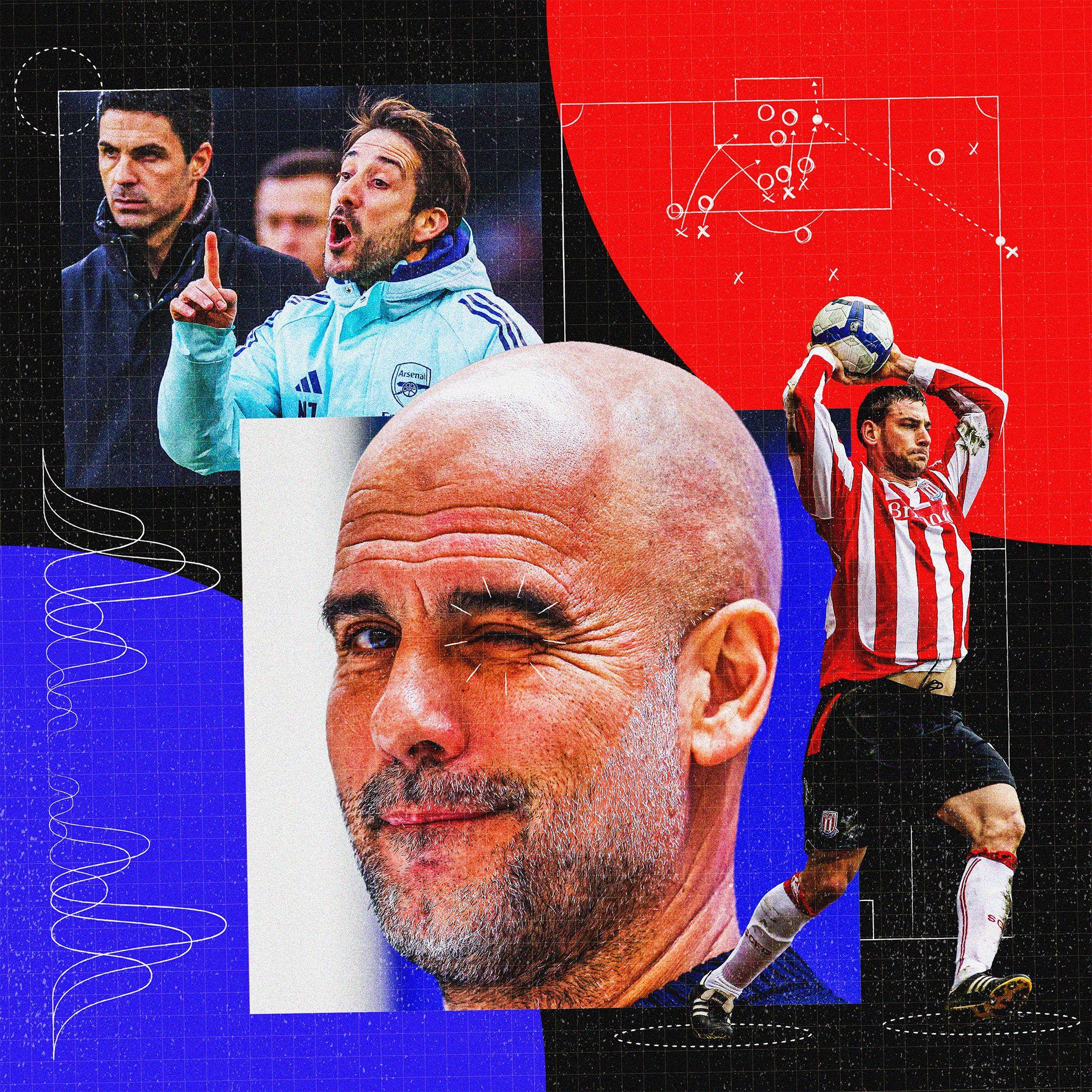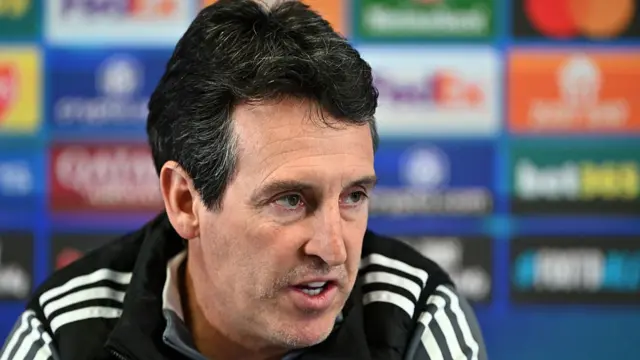News And PoliticsCommunications And EntertainmentSports And FitnessHealth And LifestyleOthersGeneralBusiness And MoneyWorldnewsNigerianewsRelationship And MarriageStories And PoemsArts And EducationScience And TechnologyCelebrityEntertainmentMotivationalsReligion And PrinciplesNewsFood And KitchenHealthPersonal Care And BeautyBusinessFamily And HolidaysStoriesIT And Computer ScienceSportsRelationshipsLawLifestyleComedyReligionLifetipsEducationMotivationAgriculturePoliticsAnnouncementUSMLE And MedicalsMoneyEngineeringPoemsSocial SciencesHistoryFoodGive AidBeautyMarriageQuestions And AnswersHobbies And HandiworksVehicles And MobilityTechnologyFamilyPrinciplesNatureQuotesFashionAdvertisementChildrenKitchenGive HelpArtsWomenSpiritualityQuestions AnsweredAnimalsHerbal MedicineSciencePersonal CareFitnessTravelSecurityOpinionMedicineHome RemedyMenReviewsHobbiesGiveawayHolidaysUsmleVehiclesHandiworksHalloweenQ&A
Top Recent
Loading...
profile/5683FB_IMG_16533107021641748.jpg
News_Naija

OPay Extends N1.2bn 10-year Scholarship To Kwara State Polytechnic
~2.1 mins read
OPay, one of Nigeria’s leading financial institutions, has expanded its 10-year scholarship initiative to Kwara State Polytechnic, marking a milestone in the company’s long-term commitment to supporting education across Nigeria. In a statement made available to The PUNCH by the firm on Wednesday, the partnership will see 20 outstanding students from the institution benefit from scholarships valued at N300,000 each, making Kwara State Polytechnic the first polytechnic to be included in OPay’s N1.2bn 10-Year Scholarship Programme. The scholarship programme, launched to reduce the financial burden faced by students in tertiary institutions, aims to empower the next generation of leaders by providing them with the resources they need to focus fully on their academic and personal growth. Speaking on the expansion of the initiative, the Managing Director/Chief Executive Officer of OPay, Dauda Gotring, emphasised the company’s commitment to investing in the future of Nigeria’s youth. “Our scholarship support is to ensure that the dreams of talented scholars do not die,” Gotring said. “Through this 10-year scholarship program, we’re not just easing the financial stress of today’s students, we are empowering a generation that will drive innovation and progress.” It added that the N1.2bn scholarship plan is part of OPay’s broader mission to provide financial support to 400 students annually across Nigeria. The programme is expected to span 10 years, benefiting students from both polytechnics and universities. According to the statement, the inclusion of Kwara State Polytechnic is a testament to the company’s focus on nationwide impact, ensuring that educational opportunities are accessible to students across the country, regardless of their geographical location or financial background. The Rector of Kwara State Polytechnic, Abdul Mohammed, expressed his gratitude for the scholarship program’s introduction to the institution, noting its transformative impact on the students who will benefit. “We thank OPay for bringing the scholarship to Kwara State Polytechnic as this will have a huge impact on the students being awarded, giving them the motivation to excel in their academics and beyond,” Mohammed said. It noted that its commitment to supporting education aligns with its broader mission to promote financial inclusion across Nigeria. Established in 2018, the company has become a key player in the Nigerian financial services sector, providing a wide range of payment solutions, including money transfers, bill payments, and merchant services. OPay is licensed by the Central Bank of Nigeria and insured by the Nigeria Deposit Insurance Corporation, offering customers a secure and reliable financial platform. In the coming years, OPay plans to continue expanding its scholarship program, with the ultimate goal of supporting a diverse group of students and fostering the next generation of leaders, innovators, and changemakers. With the inclusion of Kwara State Polytechnic in its 10-year scholarship plan, OPay is taking a bold step toward creating a future where no student’s dreams are cut short due to financial constraints. The PUNCH reported that OPay extended its N1.2bn 10-year scholarship initiative to students of the University of Ilorin.
Read more stories like this on punchng.com
profile/5683FB_IMG_16533107021641748.jpg
News_Naija

Rice Most Seized Commodity In Q1 Customs
~2.0 mins read
The Nigeria Customs Service has said that with 159 cases involving 135,474 bags valued at N939m, rice remained the most prevalent commodity seized by the service in the first quarter of 2025. The Comptroller-General of Customs, Adewale Adeniyi, stated this in Abuja while briefing journalists on the service’s activities in the first quarter of the year, according to his speech made available to our correspondent. Adeniyi said aside from rice, petroleum products followed with 61 seizures, totaling 65,819 litres with a duty-paid value of N43m. “Rice remained the most prevalent seized commodity, with 159 cases involving 135,474 bags valued at N939m. Petroleum products followed with 61 seizures totaling 65,819 liters valued at N43m,” Adeniyi said. According to him, of particular note were 22 narcotics interceptions valued at N730m, which reflects the service’s intensified focus on combating drug trafficking. “The service also recorded three high-value wildlife product seizures with a remarkable N5.6bn value, underscoring both the lucrative nature of this illegal trade and our commitment to environmental protection under international conventions,” he said. The CGC added that other notable seizures included 13 cases of textile fabrics valued at N134m, “five cases of retreaded tires valued at N104m, and pharmaceuticals, one case valued at N17.1m. These comprehensive results demonstrate the service’s vigilance across all categories of prohibited and restricted goods.” He maintained that the trend of seizures highlights several strategic priorities, stressing that the service pays more attention to intercepting high-volume items like rice and petroleum products through enhanced border surveillance. “Specialized operations targeting high-value wildlife trafficking, building on existing collaborations with UNODC and other international partners, sustained focus on dangerous narcotics and pharmaceutical smuggling, implementation of advanced non-intrusive inspection technology to improve detection rates,” he said. According to him, from rice to wildlife, these seizures show the service’s targeted approach, stressing that while the results indicate progress in curbing smuggling activities, the service recognizes the evolving nature of illicit trade. The CGC vowed that the NCS remains committed to refining its enforcement strategies through intelligence-led operations, technological advancement, and strengthened interagency cooperation to protect national revenue and security. He stated that within the period under review, the service achieved several significant milestones in its modernization and institutional development agenda. Adeniyi maintained that the achievements align with the service’s strategic objectives and contribute to its overall mandate. He said that within the period under review, the service continued to roll out its indigenously developed customs clearance platform, B’Odogwu, expanding its operations to additional customs formations across the country, adding that the expansion has enhanced operational efficiency and improved service delivery to our stakeholders. The CGC explained that in February, the service officially launched the Authorized Economic Operators Programme, “a World Customs Organization-endorsed initiative that recognises businesses with strong compliance records and security standards. This program provides benefits such as expedited clearance, reduced inspections, and enhanced predictability in customs procedures for qualifying operators.”
Read more stories like this on punchng.com
dataDp/3575.jpeg
Futbol

~6.0 mins read
If the past decade of English football has one unifying theme it is tactical renewal. Since the mid-2010s - and since Antonio Conte, Pep Guardiola and Jurgen Klopp - the Premier League has attracted Europe's best coaches, putting a once sleepy and unsophisticated division at the vanguard of tactical innovation. But we are in a moment of flux. New ideas still flood into the league but nothing, yet, has emerged as the next great theory. As Guardiola treads water at Manchester City we are waiting to find out where the sport goes next. Here are some ideas - some quirkier than others - for the future of football. Let's start with one of the weirder ones… but also one that feeds most directly into where the game seems to be heading. A couple of years ago the way Roberto de Zerbi stretched the pitch from goal-kicks was all the rage. He kept five players next to his goalkeeper and stuck five players on the halfway line, emptying central midfield and splitting a confused opposition in two. Brighton would then kick it long, bypassing half the team. This kind of thing might come back again, and certainly long balls are boomeranging back into fashion as the natural antidote to high pressing, short goal-kicks and high defensive lines. A decade of sucking everyone into tight spaces was bound to trigger a counter-reaction of stretching things back out. So, here's a thought for all those high-risk De Zerbi types. When defending a corner, instead of packing the box with bodies, why not begin a game of chicken and leave four or five on the halfway line? This would create exciting five-on-two long-ball counter-attacking scenarios, or, more likely, force the attacking team to leave five or six players back. Just like that you've decluttered the penalty area and, at the elite level, clearing a path for the goalkeeper and creating simpler one-on-one marking could reduce the chances of conceding. Corners are in vogue at the moment and the set-piece coach is the new must-have accessory. But maybe we're looking too closely at 'love trains' and marking systems in a messy penalty box. It's within a team's power to free up space and lean into ultra-stretched football. Just don't be chicken. There isn't enough deception in football tactics. There are the 'dark arts' of defending, the dummy and the no-look pass. But where are the Trojan horses, the tactical decoys? Players are getting more versatile all the time and (most) managers are too, regularly changing formation between matches and within them. In fact, a lot of managers these days would reject the idea of the formation. But there are still basic differences between, say, the 4-3-3 and the 3-4-2-1, and although a lot of coaches are comfortable switching it up based on the game state - moving to a back three to see out the final few minutes of a 1-0 lead, for example - nobody changes formation early in a game. And nobody is doing it to fool the other manager. Imagine two teams lining up in similar 4-3-3s, with touchline-hugging wingers and two number eights in front of a defensive midfielder. For the first 10 minutes they feel each other out, getting used to their opponents' patterns. Then all of a sudden one team swaps to a 3-4-2-1. The wingers disappear, the three-player triangle in midfield becomes a box-shape four, and the other side has to scramble to keep up. Five minutes later, they change back again. Or switch to a third system entirely. It would be chaotic, but the team who planned the switches in training would have a huge advantage in those frantic few minutes of adaptation. And it could have a huge impact on the game because, at the risk of getting highfalutin, it would require a new way of thinking about time. Currently football people only think about time in quite a limited way: how long we have to hold on to the lead, when the first substitution should be made, when to throw the kitchen sink. Time is an attritional dance with the other team, something we react to, the variable that slips through our fingers. Decoy formations would require breaking up the game into chunks of time and planning each segment. Once we start thinking this way, the 90 minutes could feel longer and richer - something to seize and control. There are about 30 throw-ins per match yet nobody has thought to seek innovation around the most common set-piece in the game - and one with an (inexplicable) detail ready to exploit: no offsides. Except, of course, one man did innovate some 17 years ago. It's just that nobody has thought to copy him. A Rory Delap throw arrowing through the sky is one of the Premier League's most iconic images. His throw-ins led to 25 Stoke City goals in his first four seasons at the club, terrifying defences to the extent that on one infamous occasion Hull City goalkeeper Boaz Myhill chose not to clear for touch but boot the ball straight out for a corner. And yet the technique of Delap's throw-in retired with him. Presumably there is nothing unique about Delap's musculature that prevents it from being taught to others, so why has it never been repeated? Why hasn't Mikel Arteta - who says he takes comparisons with Tony Pulis' Stoke as "a compliment" - brought Delap on to his coaching staff? The most likely explanation is the "Rick Barry" phenomenon. Barry retired from the NBA in 1980 as the all-time leader in free-throw shooting percentage, having exclusively used under-arm "granny throws", yet nobody has copied his technique. It is seen as childish, uncool, un... basketball. Shaquille O'Neal, when advised by Barry to "granny throw" in response to his poor 52% record, summed up the problem: "I'd shoot 0% before I'd shoot underhanded." Maybe a similar phenomenon means Delap's throws are seen as too ugly and too direct - too far outside the elegant philosophies of the elite managers - to be repeated. If so, they ought to loosen up. If someone breaks down that barrier it could lead to a flurry of copycats, permanently turning the throw-in into a corner-like chance and permanently changing how football is played. It would be an exaggeration to say centre-backs have gone unchanged over the past couple of decades. Chris Wilder's overlapping centre-backs at Sheffield United have led to a pared-back version become commonplace for managers who deploy a back three. England manager Thomas Tuchel, for example, may instruct his outside centre-backs to linger towards the corner of the penalty box. But by and large the position is untouched. And after years of full-backs being redeployed, culminating in Ange Postecoglou using his full-backs as number eights, maybe it's time we give the centre-back new responsibilities. There's nothing new about the marauding centre-back, you might say. Franco Baresi used to break lines some 40 years ago, while in England Rio Ferdinand became renowned for this feature of his game in the 2000s. But we could take this one further. Centre-backs, unmarked and untracked, could start to make off-the-ball runs through the lines, slipping unnoticed right up into the forward line and beyond like Destiny Udogie at Tottenham Hotspur. If a full-back shuttled across to cover then there's no reason why powerful centre-backs - better on the ball than ever - can't be freed to become the spare player; the disruptive force that sneaks through the system. OK, wait. Hear us out. Liverpool are 1-0 down against League One opposition in the EFL Cup. There are five minutes left on the clock and all 11 opponents are camped in their third. Goalkeeper Alisson is now in a quarterback role, sat on the halfway line spraying passes left and right. So, Arne Slot withdraws Alisson to bring on an extra forward and, with an ironic flourish, gives he-needs-to-get-serious-about-his-defending's Trent Alexander-Arnold the goalie gloves. Trent stayed behind in training the previous week for a few extra sessions to learn the basics of goalkeeping, even though he's unlikely to do any during his five minutes on the pitch. And if he is called upon then a) Alexander-Arnold in goal might encourage a wild shot from distance that's easier to gather, or b) would face a four-on-two break that goalkeepers rarely keep out anyway. It sounds mad at first, but the more you think about it... why not? Liverpool lose little while gaining a better quarterback distributor and an extra forward. Real tactical innovation requires maverick thinking. Yes, the role of a keeper has already evolved over the past decade, but let's see what Alexander-Arnold can do in goal.
All thanks to BBC Sport
dataDp/3575.jpeg
Futbol

~0.7 mins read
Latest from Aston Villa's pre-match news conference before their Champions League quarter-final second-leg against PSG Manager Unai Emery is speaking to the media Emery - 'Watkins showed he is feeling fantastic' with goal against Southampton on Saturday Villa lost the first leg 3-1 in Paris and will face Arsenal or Real Madrid if they progress on Tuesday (20:00 BST) Get Involved: #bbcfootball, via WhatsApp on 03301231826 or text 81111 (UK only, standard message rates apply)
All thanks to BBC Sport
Loading...
 News_Naija
News_Naija
 Futbol
Futbol